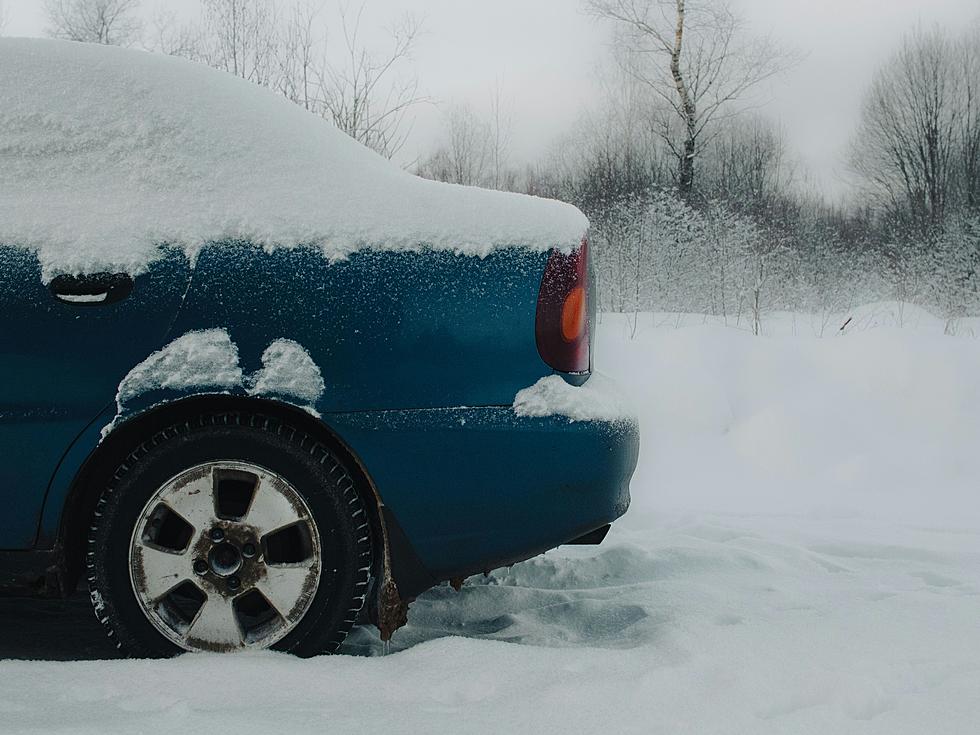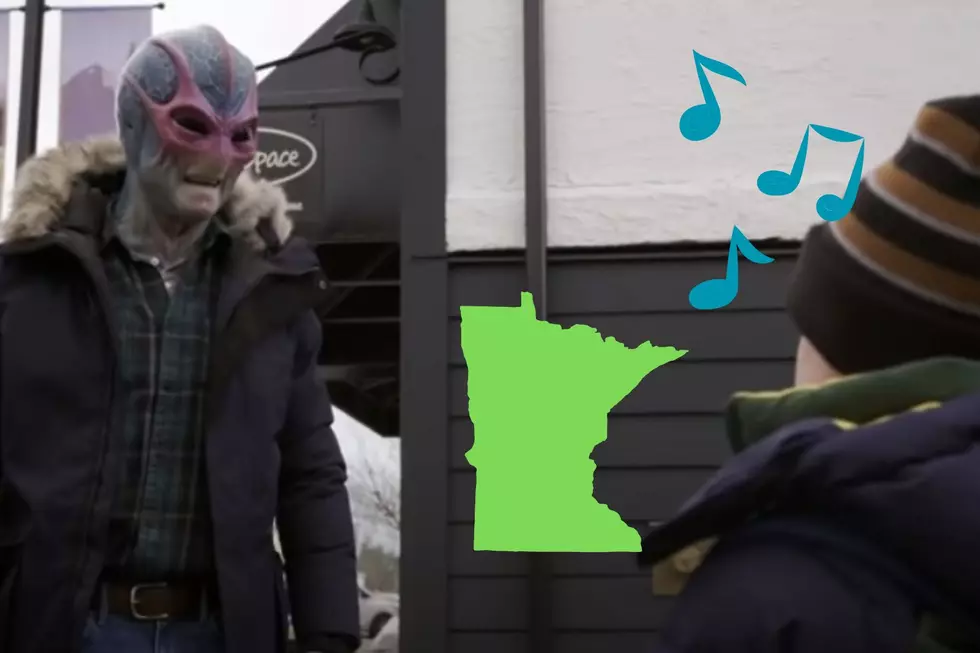
This Is The Most Overlooked Thing People Forget To Do After A Snowstorm
Whether you've only lived through a few winters in Minnesota or Wisconsin or you're a lifelong resident of the Badger State or Land of 10,000 Lakes, certain things become habits or rituals during and after a snowstorm.
Leading up to a storm, many people will (or should) stock up on a few extra groceries and supplies, make sure their vehicle is fueled up, and make sure their car emergency kit is stocked and ready.
As the storm rages on, some people opt to stay home, while others - because they want to or need to - venture out into the conditions to go about their day in as normal of a way as possible.
As the storm winds down, the snow removal process really gets underway. Shovels, snowblowers, and plows are put to work as everyone digs out from what Mother Nature left behind.
READ MORE: 7 Winter Wonders You Need To Experience In Minnesota + Wisconsin
Pretty much all of that should sound very familiar to anyone who has lived through at least one winter in Minnesota or Wisconsin. There's one thing, though, that it seems like some people forget about (or ignore).
While it isn't true with every single storm we experience in the Upper Midwest, it often gets colder after a snowstorm. Maybe not so much with some of our spring storms, but it is pretty common. As the storm leaves, it drags in colder air from Canada into Minnesota and Wisconsin, and all of that freshly-fallen snow will freeze to things and get harder and crunchier than it was when it fell.
If you leave some snow on your car or in your wheel wells (ah, those notorious "snow boogers"), it'll end up freezing hard onto your vehicle, making for a mound of icy snow stuck to the roof of your vehicle or leaving you a very small gap between your tires and the ring of ice around them in your wheel wells.
Once it gets cold after the storm, getting that froze-on snow off your vehicle can be pretty tricky, unless you are lucky enough to have a heated garage you can thaw your vehicle in.

If, like me, you don't have a heated garage for your vehicle to take shelter in after being on the snowy roads, kicking out those snowy chunks from your wheel wells and clearing the snow off your vehicle is an important step not only before you hit the road, but once you're parked again to avoid whatever you collected from freezing onto your ride.
I don't know how often I've seen people with their tires rubbing against a ring of ice in their wheel wells, wearing away some of the traction potential their tires could otherwise provide in wintery conditions. Every time I park my vehicle, I try to remember to kick those chunks out to help prevent them from freezing into place.
In addition, those giant frozen chunks of snow/ice stuck to the roofs of vehicles can not only be unsightly and reduce your gas mileage (they aren't very aerodynamic and they add weight), but they can also be dangerous if a chunk breaks off and flys away or if the underside melts and slides over your windshield when you come to a stop.
So, next time it snows, remember to kick that snow out from your wheel wells when you park and do your best to keep whatever snow you can off your vehicle to avoid an annoying frozen mess.
Snowiest Cities & Towns In Minnesota
Gallery Credit: Nick Cooper
Snowiest Cities & Towns In Wisconsin
Gallery Credit: Nick Cooper



